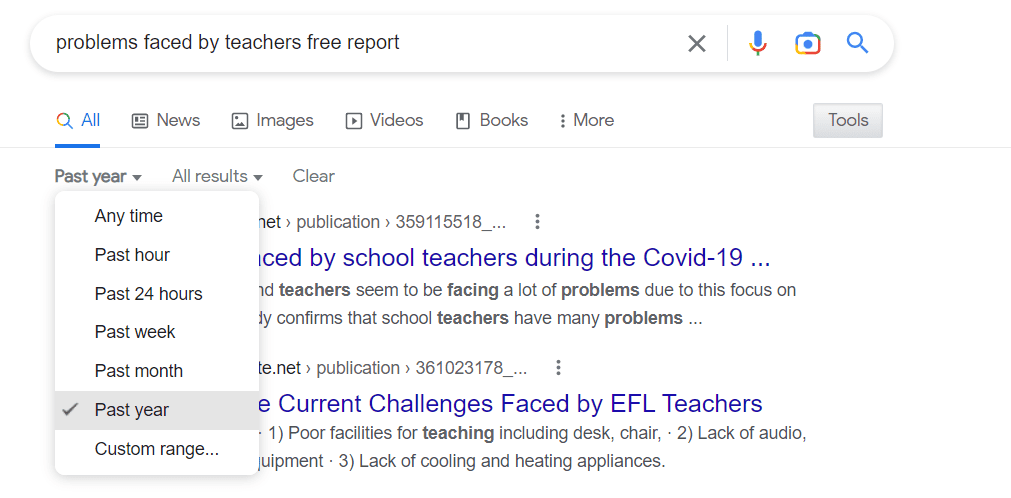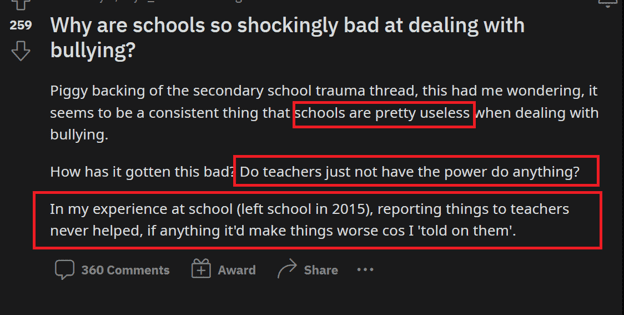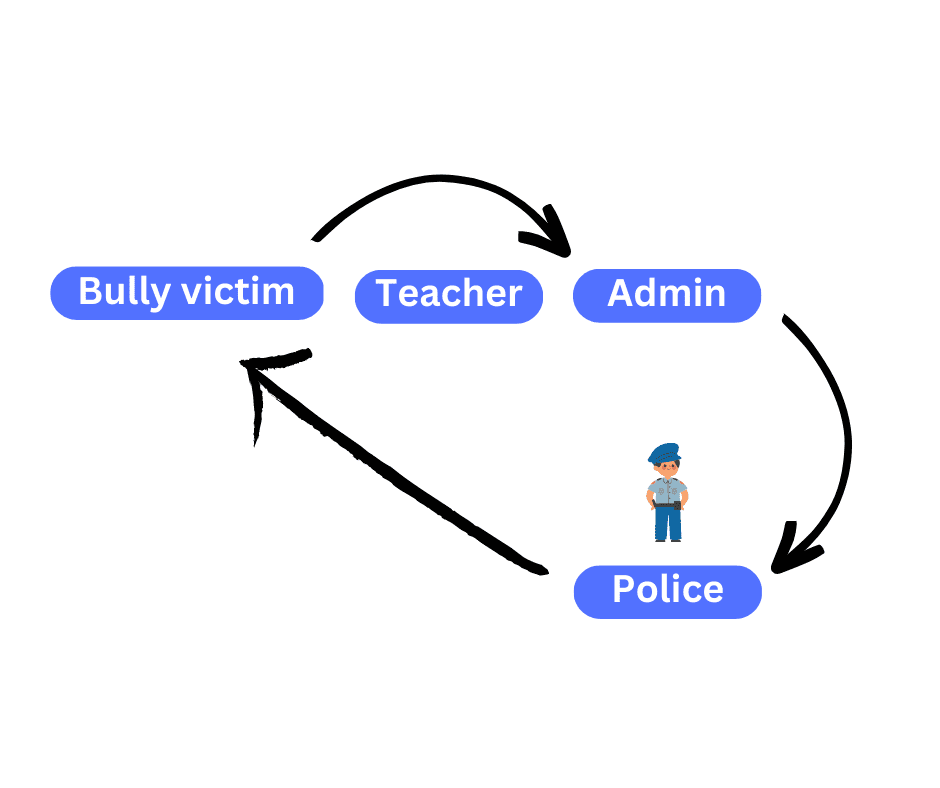Some of you struggle with how to transform your ideas into software products.
Some struggle with how to come up with a software idea to begin with.
Meanwhile, look up biographies of successful founders, and a lot of them are just bursting with ideas for apps and SaaS products.

You could stand behind that baby and wait for the smell to inspire you, or you could read the rest of this article and stop waiting for ideas to come to you – time for you to go to them!
Turning you into an app and software idea-generating machine
This article is all about equipping you with a flow of action items to help you think up and determine the next app or SaaS product you want to work on.
First thing we need to tackle is idea generation – without that, you don’t really have anything.
We’ll look at three strategies to reliably discover new app and software ideas, together with real-life examples of founders who had their idea eureka precisely that way.
Of course, getting ideas is just part of it – once you have one, you’ve arrived at the “I have a software idea now what” stage – and since that’s quite a mouthful, let’s call that stage idea filtering.
Stage One: Idea Generation
If you’ve ever had creative writing classes at school, you’re probably familiar with the brainstorming session that happens before the actual writing.
At this stage, you’re not specifically looking for software ideas to make money; you just want to get as many software ideas as you can.
Even the fruitiest, most pungent rat droppings that would make science fiction writers raise their eyebrows in disbelief.
Installing ChatGPT API into your brain to ace that history test? Great.
Making the sun and moon IoT-controllable so you can sleep longer? Amazing.
Uploading pee to a digital toilet bowl so you don’t have to get up at night? Revolutionary!

Always remember that for software ideas to make money, they need to solve problems.
So, to find an idea for a product, we first need to find a problem!
One way to find genuine problems is to…
Leverage your industry experience
Look to your professional experiences and passions.
For example, if you have experience teaching, what are problems faced by stakeholders in education?
If you play a musical instrument, what are problems faced by stakeholders in the music industry?
We wouldn’t know, nobody on the Upstack Studio team is in education, and the only keyboard we use is made by Logitech, not Yamaha.
When it comes to how to come up with a software idea, nothing – and we mean nothing – compares to personal experience – when you truly walk the walk, you are uniquely placed to notice real problems and think of solutions that work.
After all, you’re really solving your problem.
If you wouldn’t use your solution to a problem you face, what are the odds other people will?
Real-life example: Mark Mate by ex-teacher James Holmes

James – like every public-school teacher ever – found that marking his students’ work took up a huge chunk of his work, so much so that he was doing unpaid overtime constantly.
And of course, if he’s facing it, it’s a fair assumption that other teachers are facing it too.
Most teachers sigh and suck it up. Instead, James created Mark Mate.
Mark Mate allows teachers to mark their students’ work using voice recognition software hooked up to a printer – so instead of having to manually mark the work, teachers just have to utter their feedback aloud, and it gets recorded, transcribed, and printed out as a physical sticker!
After Mark appeared on Dragon’s Den to promote it, his product saw success and adoption from UK schoolteachers.
Mind you, it’s not mind-blowing success, as Zoominfo says their revenue is still under USD5 million.
But hey, Zoominfo isn’t exactly the most accurate, and at any rate, successful founders don’t always just think of software ideas to make money. Their motivation usually includes a genuine desire to improve the lives of their target users.
Take a look at this Mark Mate review from a fellow teacher.

Looking at recent reviews of Mark Mate, we can see that teachers find it solves their problems, and as every Upstacker will attest to, satisfied customers are a huge source of satisfaction.
Leverage your life experience
After industry experience, the next way to come up with a software idea is to take a step back and look at your everyday life and ask yourself:
“When was the last time I faced a problem?”
We think this is less useful than industry experience because it’s a lot more nebulous. You’re looking at your whole life as opposed to just a fraction of it, and the options can be overwhelming.
The question then becomes more “how to come up with a software idea that is the most business-worthy out of all the problems we could try to solve?”
Luckily, some problems lend themselves better to app or SaaS based solutions, including:
- Security
- Convenience
- Communication, and
- Integration
Real-life example: Stripe by the disillusioned Collison Brothers

When Patrick and John Collison launched Stripe as an alternative online payment gateway in 2010, they weren’t thinking “We want our software ideas to make money.”
They were thinking “We wantour software ideas to make it easy to spend money”.
See, the brothers were annoyed and fed-up by the needlessly tedious Paypal user experience. For example, back then Paypal used to redirect you from wherever you were to its own website to complete payment.
Everyone found it a pain in the ass. Most people sighed and sucked it up.
The Collisons decided to do something about it.
And so, they did just that.
Stripe’s user-friendly features and easy-to-integrate API created loyal customers, and the company made over USD 10 billion in revenue in 2021.
We did say that how much money you make isn’t the only measure of success, but goddamn, that’s a lot of success right there.
Secondary research
Let’s say you’ve tried the above two methods and nothing.
You try and try but you can’t find any problems with your life, work, and hobbies. They’re all just nice and you wouldn’t change anything. You go to sleep and wake up with a smile every morning because you can’t wait to live your perfect, perfect life.

Alright, that’s pretty unlikely, but let’s say it happens.
There is a third option, and it’s our least favorite because it is:
- The most time-consuming
- The least likely to grant a competitive advantage
- The least accurate
And that is desktop or computer research.
Step 1: Pick an industry or a profession and go to Google.
Step 2: Type in ‘Problems faced by *insert industry/stakeholder* Free Report’
Step 3: Limit the search results to only ones in the past year
Step 4: Find a reliable lead and start from there
Real-life example: Let’s try it out right now!
We’ll go with education and problems faced by teachers.

You’ll sometimes see free reports from big analyst firms like Gardner or McKinsey. We think they have their place, but tend to be very high level and catered more towards big companies (like, revenue in the hundreds of millions of dollars kind of big).
You’ll get there one day, but for now, let’s look for something more down-to-earth.
Let’s check out this article titled 10 Major Challenges Facing Public Schools.
This part sticks out to us:

Sounds like a problem, but this could have been written by anyone. It might be outdated or blown out of proportion.
Let’s see what actual stakeholders are saying about it right now.
Back to Google, but now we’ll look for Reddit threads to support or debunk the severity of bullying.

For the record, as of writing this post, it’s 17th February 2023, so these links are plenty valid.
Let’s check out Why are schools so shockingly bad at dealing with bullying? (from the AskUK subreddit).

Here’s the original question with highlights of things that jump out at us. Also, the post received 360 responses – not bad.
Meanwhile, the top comment is the jackpot; exactly what we want to see.

It’s a reply from someone claiming to be a teacher. Of course, on the Internet you can be anything you want, but usually on Reddit if it smells fishy other Redditors will call you out.
This poster passes the vibe check.

Alright, sounds like not only is bullying still a thing in 2023, but instead of classics like wedgies and wet willies the bullies have diversified their methods like traders and stock options.
Teachers, meanwhile, feel helpless because they can’t do much and it’s very difficult to suspend or expel bullies.
This immediately gives us an idea for an app: AllVoices for schools.
AllVoices is an app that allows employees to anonymously report bad workplace behaviour like harassment, favoritism and corruption. It skips middle management and goes straight to the top leadership.

We’re thinking something similar might be useful in a school setting – an app that allows bully victims or witnesses to bypass teachers (who are powerless anyways) and send a report straight to school administration.
If needed, the school has the ability to send it straight to the police, who can then follow up directly with the bully victim.

We’re sure you can see the glaring drawback of this method – because we are outsiders looking in, we lack on-the-ground experience, so we have to spend a lot of time researching things that someone with first-hand experience would already know.
Look, is it a good idea?
We don’t know.
But it sure is an idea, and that’s the whole point of this stage, remember?
But hey, we got our idea. Now to see if it’s worth developing.
Stage 2: Idea Filtering
Alright, sounds like someone has a software idea – congratulations, but now what?
The problem you’ve uncovered is real, and your solution sounds like it will work.
Two more things to find out: Market size and cost versus price point.
Market size
It’s all about the seriousness and frequency of the problem.
The more serious the problem, the more people are willing to pay for it.
The more frequent the problem, the more often people will pay for it.
For example, international money transfers are both serious and frequent. People pay banks a service fee for every single transaction because it’s a very important task, and tons of these transactions happen every day.
Ideally, the problem you intend to solve should be as serious and frequent as possible., but we know you can see the biggest problem with this: competition.
So, instead of both, you could aim for a problem that’s either very serious, or very frequent.
Either one can still result in paying customers – just very different price points.
So how do you find out what people think of this problem?
Come closer, we’ll whisper it in your ear.

If you belong to a certain industry or hobby, you likely belong to communities of like-minded people.
They are a priceless resource of information and potential beta testers and early adopters. So, offer a gift card for a cup of coffee and ask to have a chat with them to gather qualitative data.
Then hit them with forms and questionnaires to get quantitative data.
Meanwhile, let’s go back to that bullying thread.

How do we know that the poster isn’t a founder conducting market research?
We don’t.
And if they were, they just got a crapload of useful secondary data. Not only did they discover the problem is very real, but the sheer amount of responses also tells them it’s a frequent problem. Furthermore, the responders took the time to drill down into details, so a founder could more easily map it to a solution.
Now consider that there are subreddits for practically everything, you can try this out on any topic.
No responses to your question? That should tell you all you need to know.
A million replies echoing your sentiments? You’re on to something.
As you interview and quiz people, one of the questions you should ask is how much people would pay for this solution, which brings us to:
How do we know that the poster isn’t a founder conducting market research?
We don’t.
But if they were, they just got a shitload of useful secondary data. Not only did they discover the problem is very real, the amount of responses tells them a lot of stakeholders are affected. Furthermore, the responders took the time to drill down into details, so a founder could more easily map it to a solution.
Now consider that there are literally subreddits for everything, you can try this out on any topic.
No responses to your question? That should tell you all you need to know.
A million replies echoing your sentiments? You’re on to something.
As you interview and quiz people, one of the questions you should ask is how much people would pay for this solution, which brings us to:
Cost vs Price point
Some ideas are never transformed into software products simply because they’re not profitable.
The cost of developing something may be so high it has to be priced at a point that users either can’t afford or don’t want to pay.
Some solutions don’t exist simply because they’re not profitable.
The cost of developing something may be so high that it has to be priced at a point users either can’t afford or don’t want to pay.
It sounds sad that development for solutions to real problems never happen because of unprofitability. That’s just the reality of a free market – if you can’t see how to sell a software idea, it should probably remain an idea.
There are a million costs involved in app and SaaS development, but at this stage, keep it simple and look at one thing:
- How much people will pay
- Development and app maintenance costs
Even if you decide to use a no-code app builder to create an MVP for a very low cost, eventually you’ll need to engage a mobile app developer to fully flesh out your app. Development costs for a quality app are not cheap – tens of thousands, easily.
Once your app has been built and starts running, the maintenance phase starts. We need to keep it updated, fix new bugs that pop up, develop new features that users want, upgrade the backend to serve a growing number of users – and we’re talking monthly expenses here.
Your costs will tell you the minimum price you need to charge to be profitable. If users aren’t willing to pay that – you’ll have an app, but you won’t have a business.
And you won’t have an app for very long either.
To find out how much people will pay for your solution, we will always recommend the Buffer way. They just created fake landing pages explaining their product with different price points and anyone who was interested had to share their email.

Recap and sendoff
Here’s a list of action items for you to do to find and shortlist your next app ideas or software ideas.
- Leverage your professional experiences and passions to find problems
- Look around your life for issues that could be solved with technology
- Conduct industry research to find current problems
- Be sure that research sources are up-to-date and catered to startups
- Determine the frequency and seriousness of this problem
- Interview people from special interest groups and communities in real life and online
- Be sure they are willing to pay the minimum price point needed to remain profitable
No fancy ending from us this time, folks. Get out there and start brainstorming!
Note: If you’d like to receive more tips on app idea strategies as well as on app development in general, sign up for our weekly newsletter to get quality information sent straight to your inbox. In the meantime, here’s a free app brief template for you to write down whatever ideas you have.
App Brief Template
Download this FREE editable template now to craft your perfect App Brief! Let us know where should we send it through the form below.




